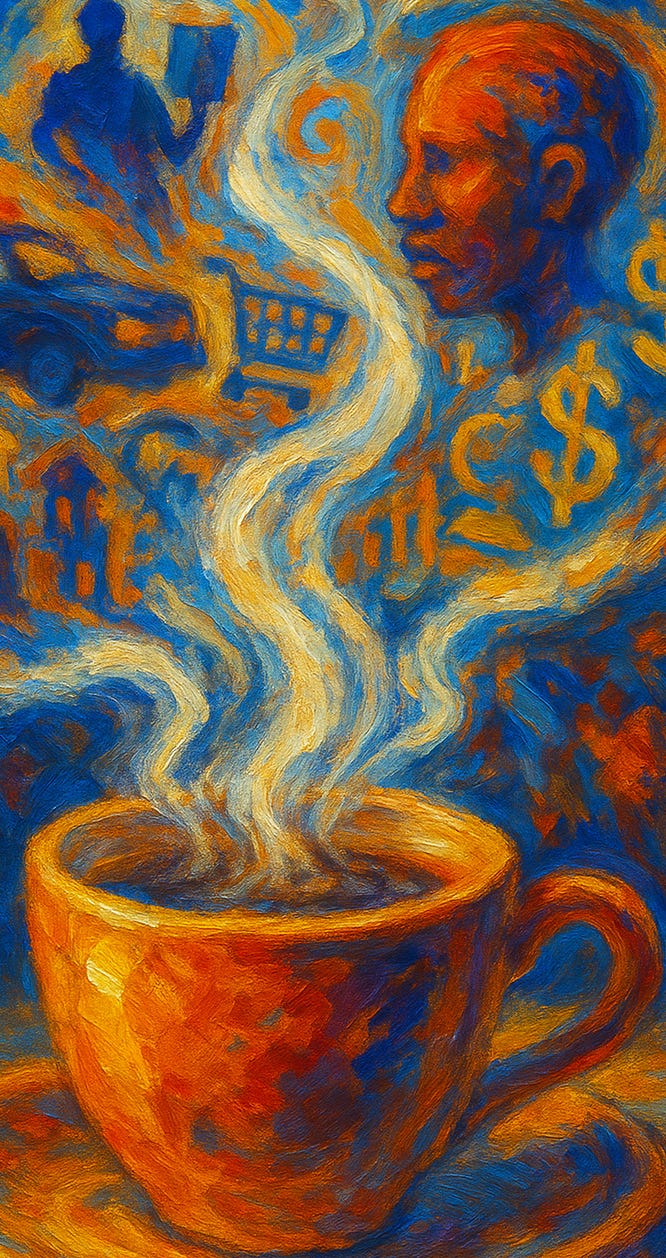Cardboard Boxes and Designer Lies
How Infantilization, Gangster Chic, and Drake’s Fake Hood Poison Culture
If you believe in the importance of free speech, subscribe to support uncensored, fearless writing—the more people who pay, the more time I can devote to this.
Please subscribe to receive at least three pieces /essays per week with open comments. It’s $6 per month, less than USD 4. Now the button takes you to a two-week free trial.
Everyone says, "Hey, it’s just a cup of coffee," but please choose my coffee when you come to the Substack counter. Cheers.
I said I wouldn’t write this on eggshells, and I meant it. I am melanin‑deprived, Irish by ancestry, someone who has never had a tan in his life unless it came from a bottle. If being white supposedly disqualifies me from saying what follows, then so be it. If my pallor disqualifies me from speaking, then so be it; but gag rules on truth are the narrowest minds at work.
Of course, there is racism. Do we walk in another’s shoes? Can I deeply understand racism? Yes, no, and no. But the dose is the poison, and the agency‑destroying toxin of w…




